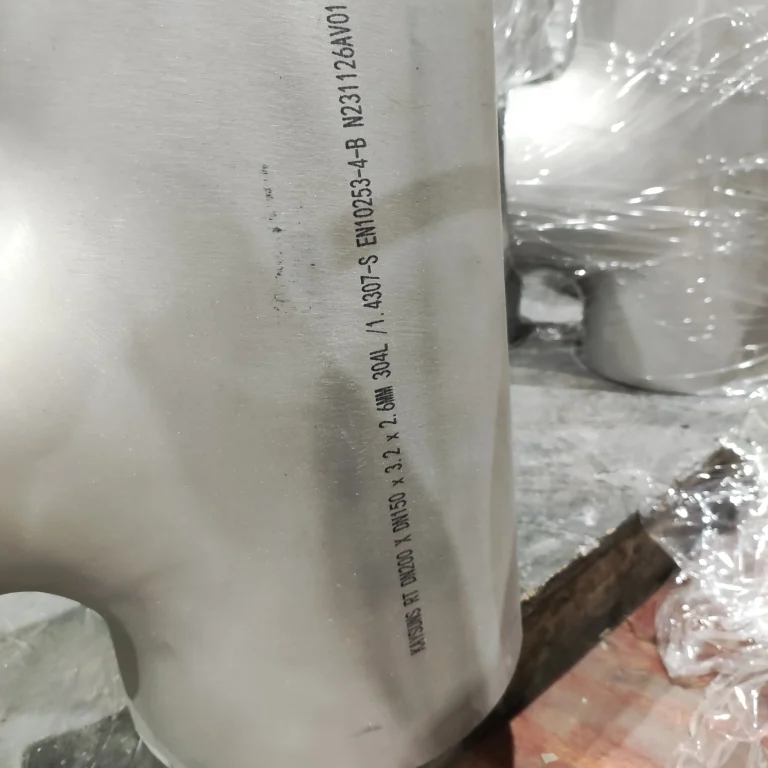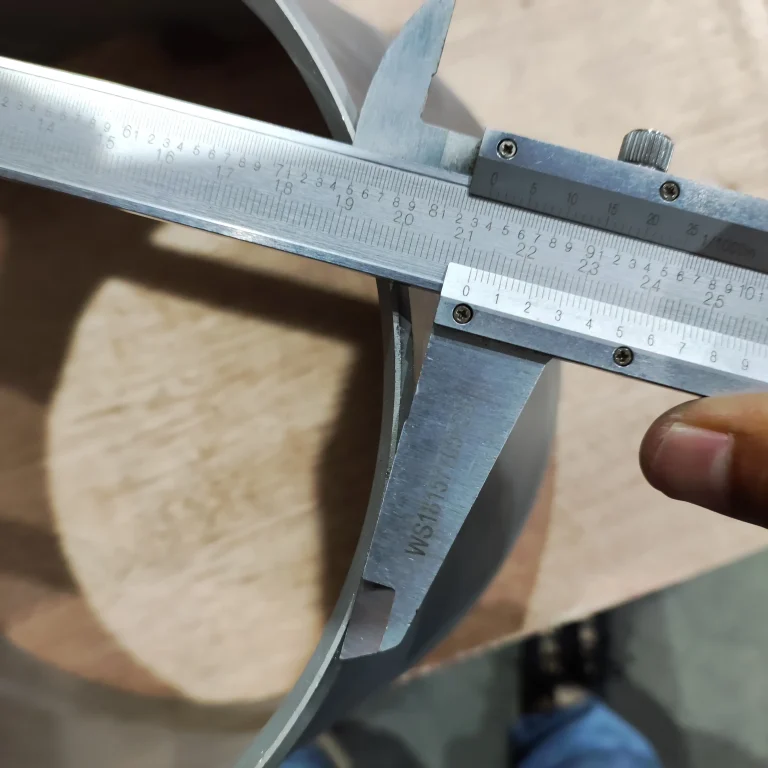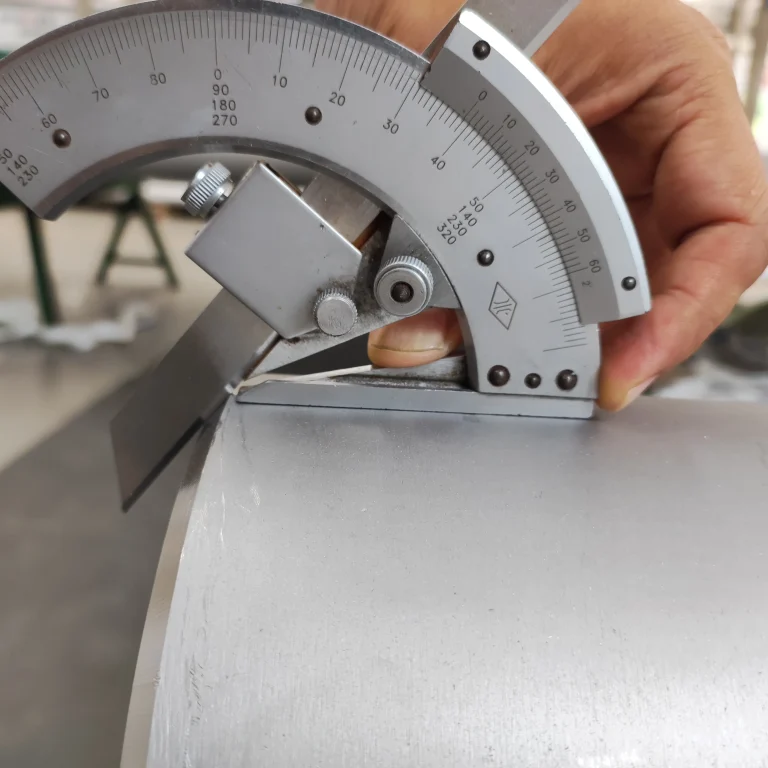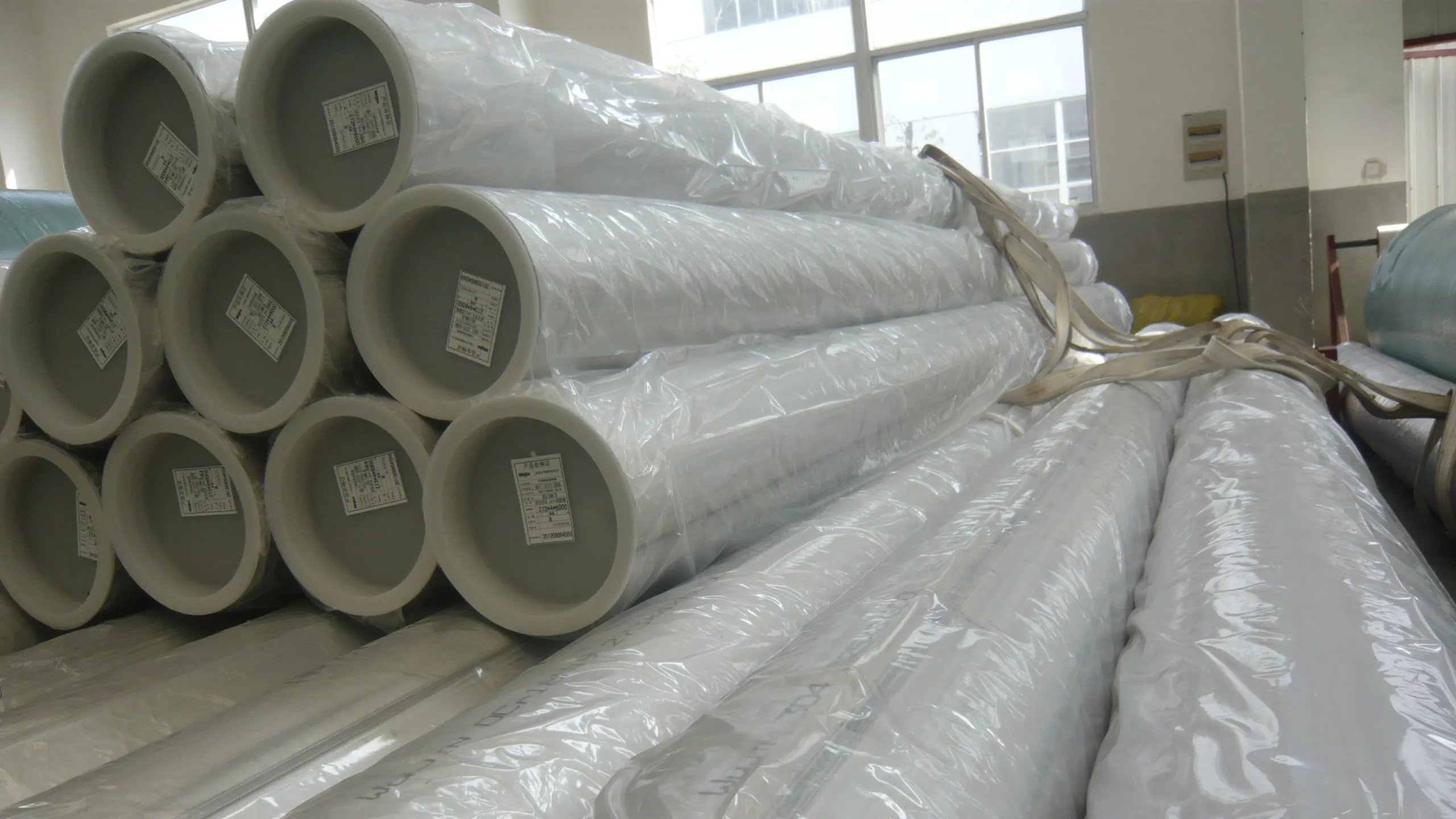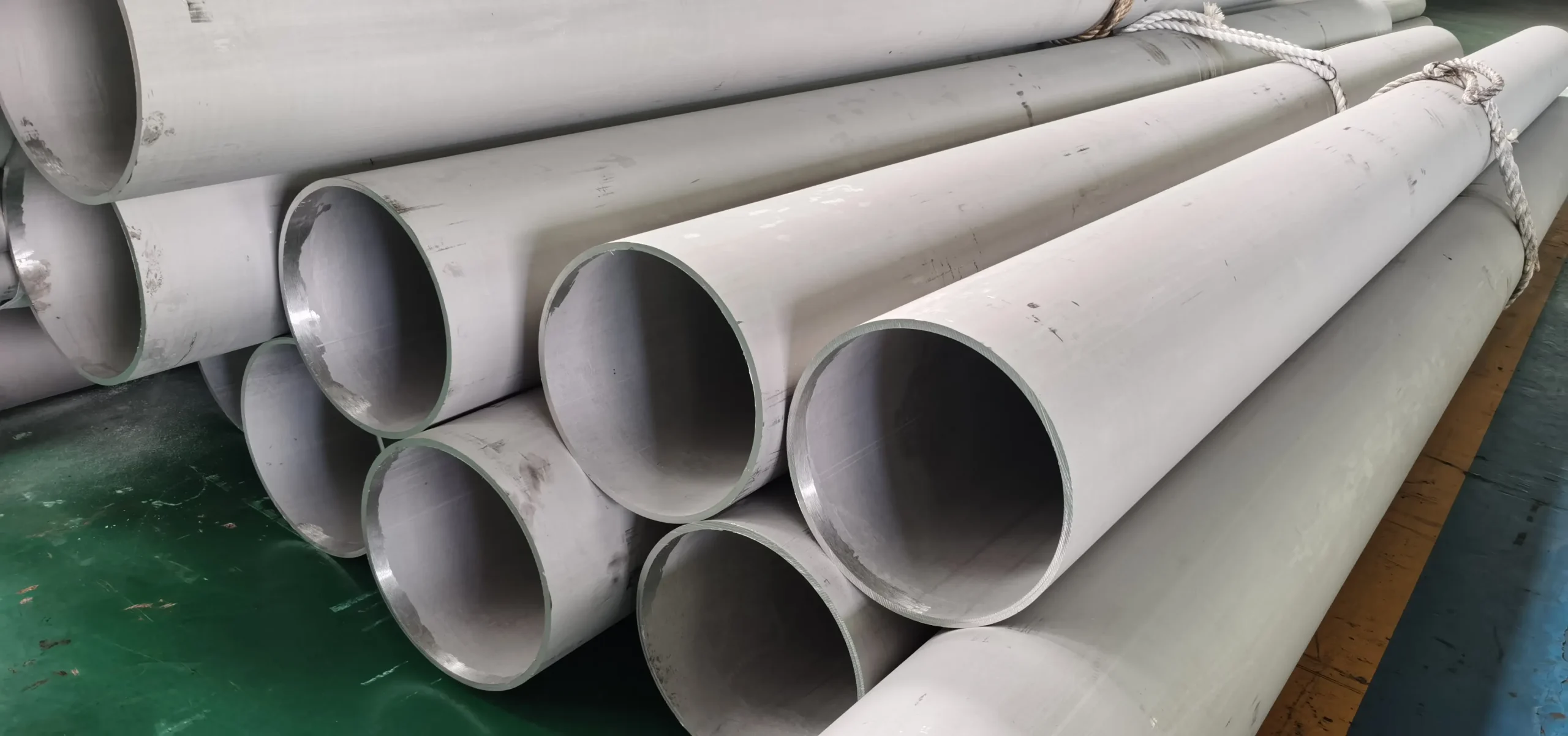Потускнеет ли нержавеющая сталь? "Это основной вопрос для тех, кто покупает трубы из нержавеющей стали а также фитинги из нержавеющей сталиПростой ответ заключается в том, что высококачественная нержавеющая сталь отлично сопротивляется потускнению, но она не является полностью неуязвимой.
Наука о стойкости нержавеющей стали
Защитный механизм нержавеющей стали заключается в ее пассивном защитный слойЭта тонкая пленка, состоящая из оксид хромаПленка мгновенно образуется при контакте металла с кислородом, защищая железо от коррозии и окисления. Даже при наличии царапин или повреждений эта пленка быстро самовосстанавливается, пока присутствует кислород.
Что мы делаем
- Пластина
- Лист
- Поковки
- Круглый прут
- Фланец
- Трубы
- Арматура
- На заказ
Свяжитесь с нами для получения дополнительной информации
Факторы, вызывающие потускнение и обесцвечивание
Соленая вода и антиобледенительные соли представляют собой серьезную угрозу. Ионы хлорида малы и коррозийны. Они разрушают и проникают в пассивную пленку, что вызывает точечная коррозияВ результате появляется потускнение или ржавчина.
Сильные чистящие средства могут повредить поверхность. Не используйте отбеливатели, аммиак или сильнокислотные чистящие средства.
Использование абразивных губок или щеток из углеродистой стали опасно. Физическое истирание повреждает пассивирующую пленку, обнажая лежащее под ней железо и вызывая окисление.
Сильный нагрев от сварка труб Это приводит к миграции хрома от границ зерен. Обедненные хромом участки становятся очень уязвимыми для коррозии.
Ключевые преимущества устойчивости нержавеющей стали к потускнению
Слой оксида хрома может самовосстанавливаться при повреждении. При контакте с кислородом защитная пленка немедленно восстанавливается.
Этот материал сохраняет свою блестящую поверхность на протяжении десятилетий. При использовании в мягких и умеренно жестких условиях эксплуатации его эстетические качества остаются свежими и новыми без необходимости покраски.
Различные сорта материалов идеально подходят для разных условий.нержавеющая сталь 316 хороший выбор для морское применениеВ то время как другие марки отвечают требованиям высокой чистоты или высоких температур.
Непористая поверхность облегчает чистку и эффективно предотвращает накопление грязи и бактерий. Подходит для санитарных систем трубопроводов.
Возможные причины потускнения нержавеющей стали
304 нержавеющая сталь подвержен точечной коррозии в высокохлоридные средыЛокальная коррозия проявляется в виде темных пятен или обесцвечивания.Молибденсодержащие должны использоваться такие марки, как нержавеющая сталь 316.
Высокие температуры во время производства могут вызвать обесцвечивание, проявляющееся в виде синих или желтых оттенков на поверхности. Такое обесцвечивание должно быть устранено путем послесварочная термическая обработка для восстановления полной коррозионной стойкости материала.
Загрязнения и коррозия могут скрываться в узких щелях. Это называется щелевая коррозияТакие условия часто возникают под прокладками или крепежными элементами. Правильная конструкция соединения может минимизировать эти уязвимые места.
Нержавеющая сталь может корродировать при соседстве с разнородными металлами. В присутствии влаги могут происходить электрохимические реакции, ускоряющие разрушение одного из металлов.
Химический состав распространенных марок труб
| Оценка | Cr | Ni | Пн | Устойчивость к потускнению |
|---|---|---|---|---|
| 304 | 18.0 – 20.0% | 8.0 – 10.5% | – | Хорошо |
| 316 | 16.0 – 18.0% | 10.0 – 14.0% | 2.0 – 3.0% | Превосходно |
| Дуплекс 2205 | 21.0 – 23.0% | 4.5 – 6.5% | 2.5 – 3.5% | Superior |
Механические свойства распространенных марок труб
| Имущество | Марка 304 | Степень 316 | Класс 2205 |
|---|---|---|---|
| Прочность на разрыв (мин.) | ≥ 515 МПа | ≥ 515 МПа | ≥ 620 МПа |
| Предел текучести (мин) | ≥ 205 МПа | ≥ 205 МПа | ≥ 450 МПа |
| Твердость (типичная) | ≤ 92 HRB | ≤ 95 HRB | ≤ 293 HRB |
Предотвращение потускнения труб и фитингов
- Выбор правильной оценки: Выбирайте марку в зависимости от условий применения. При воздействии соли или хлоридов всегда используйте 316 или дуплексные марки нержавеющей стали. Более высокая стоимость, связанная с повышенным содержанием молибдена, вполне оправдана.
- Очистка и пассивация: Материалы должны быть очищены после сварки или механической обработки. Послесварочная термообработка устраняет тепловое обесцвечивание и поверхностный феррит. Пассивация восстанавливает защитный слой оксида хрома.
- Избегайте загрязнения железом: Strictly prohibit stainless steel from contacting углеродистая сталь. Iron particles will transfer to the surface, where they are highly susceptible to rusting.
- Текущее обслуживание: Регулярно очищайте фитинги для труб из нержавеющей стали. Используйте мягкий мыльный раствор для удаления грязи и солевых отложений, тщательно высушивая поверхности после очистки.
Возможно, вы также захотите прочитать:
Ржавеет ли нержавеющая сталь?
Is Stainless Steel Magnetic ?
Связаться с нами
- RM901 No.22 Tangjiaqiao Road Wenzhou Китай
- +86 577 8551 1171
- [email protected]
- https://www.kaysuns.com/
